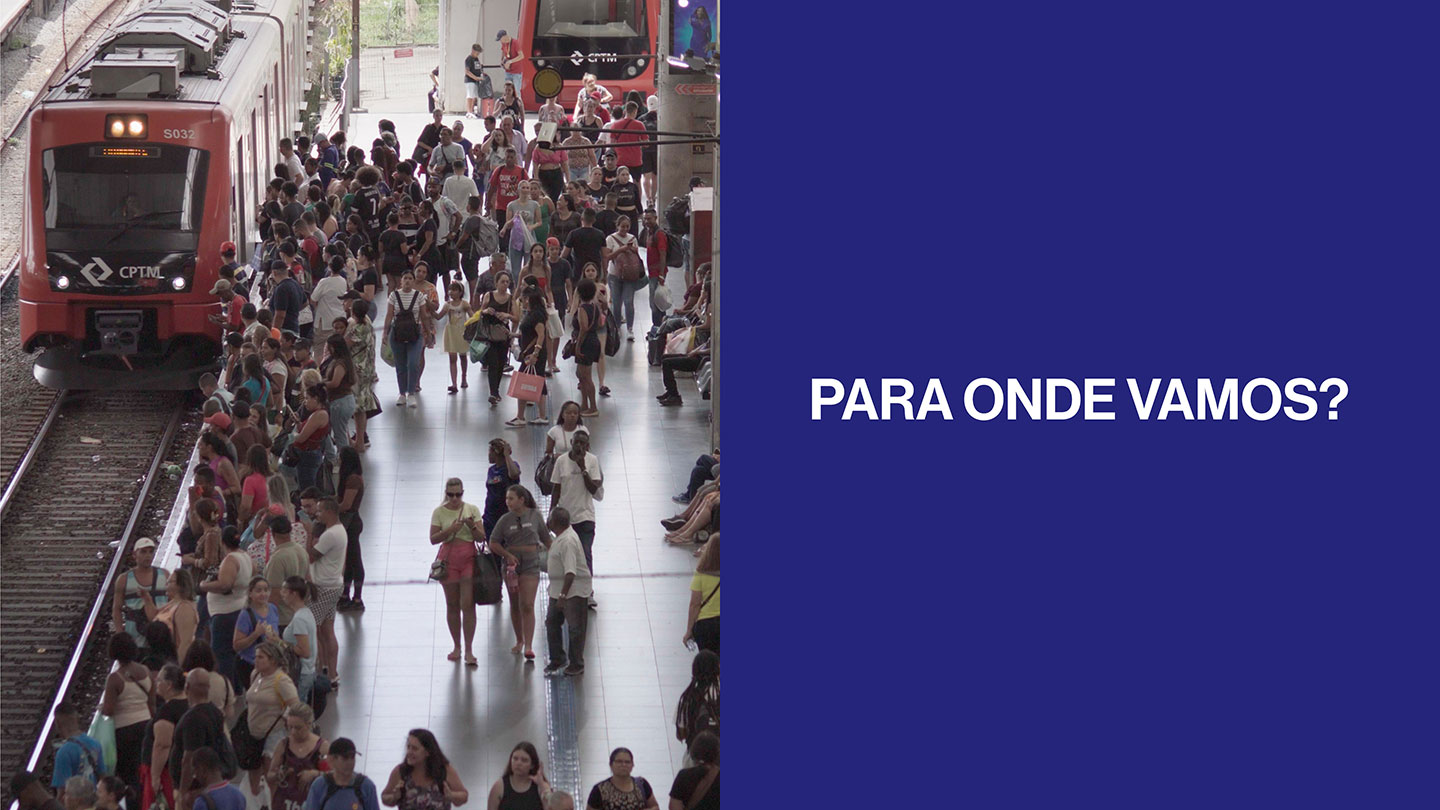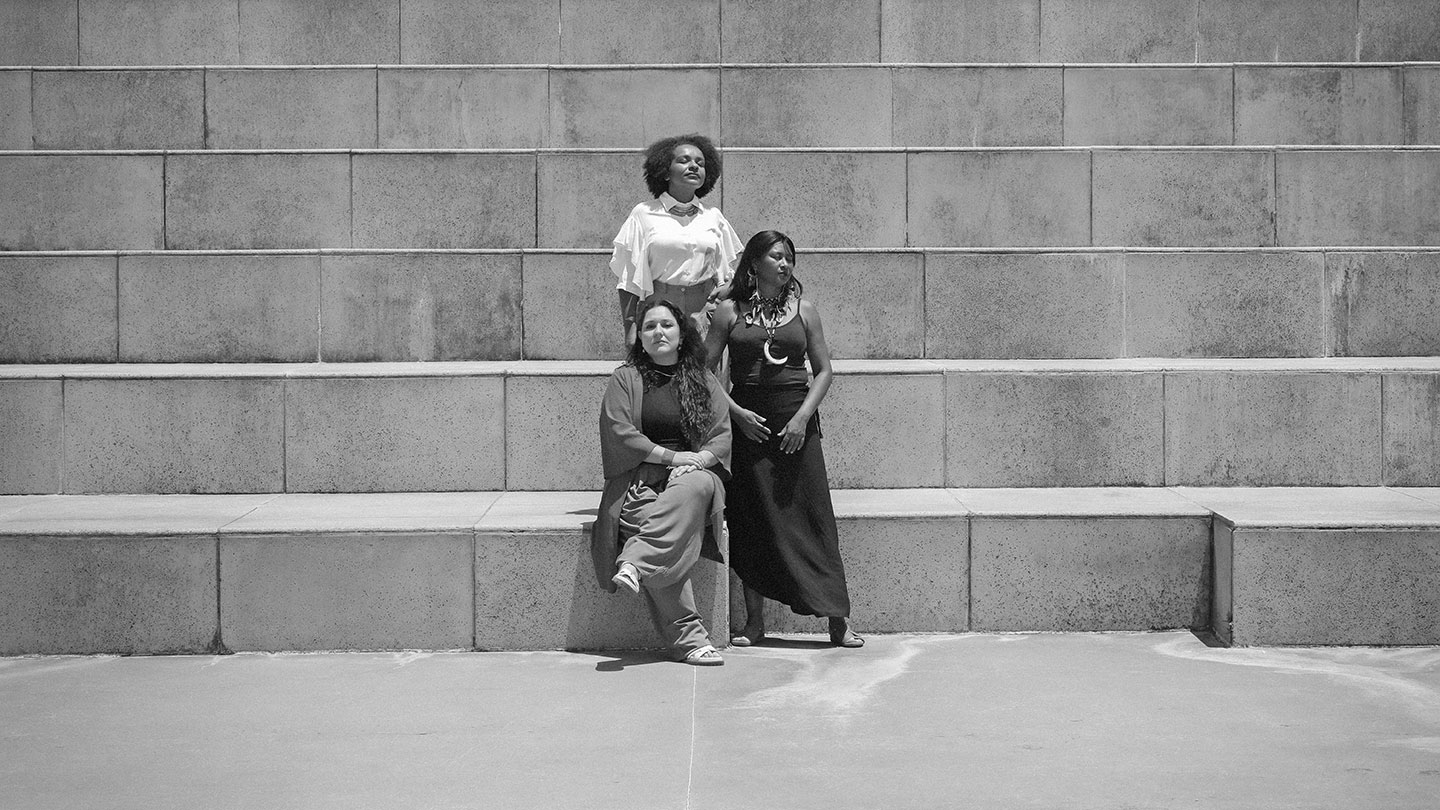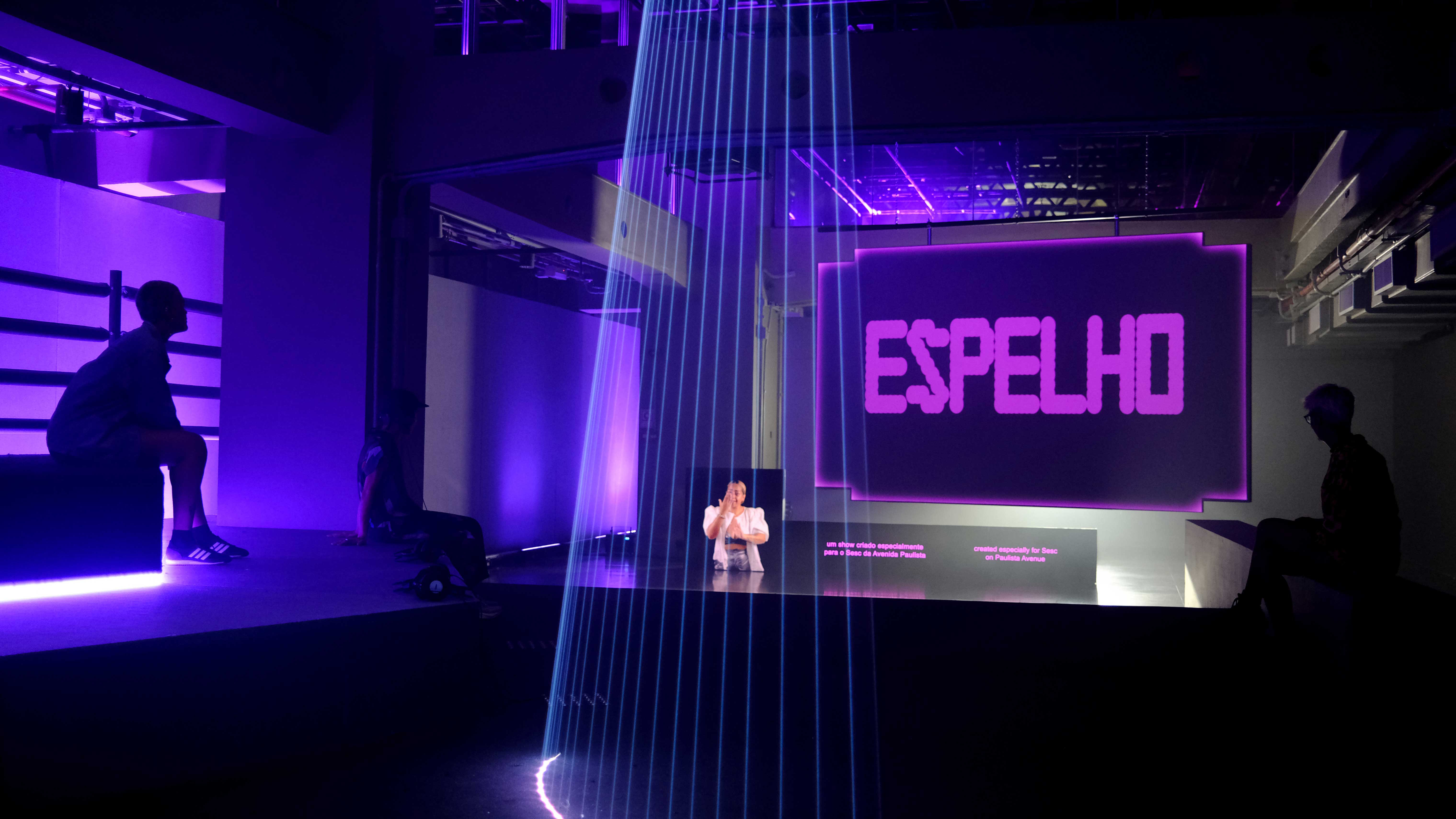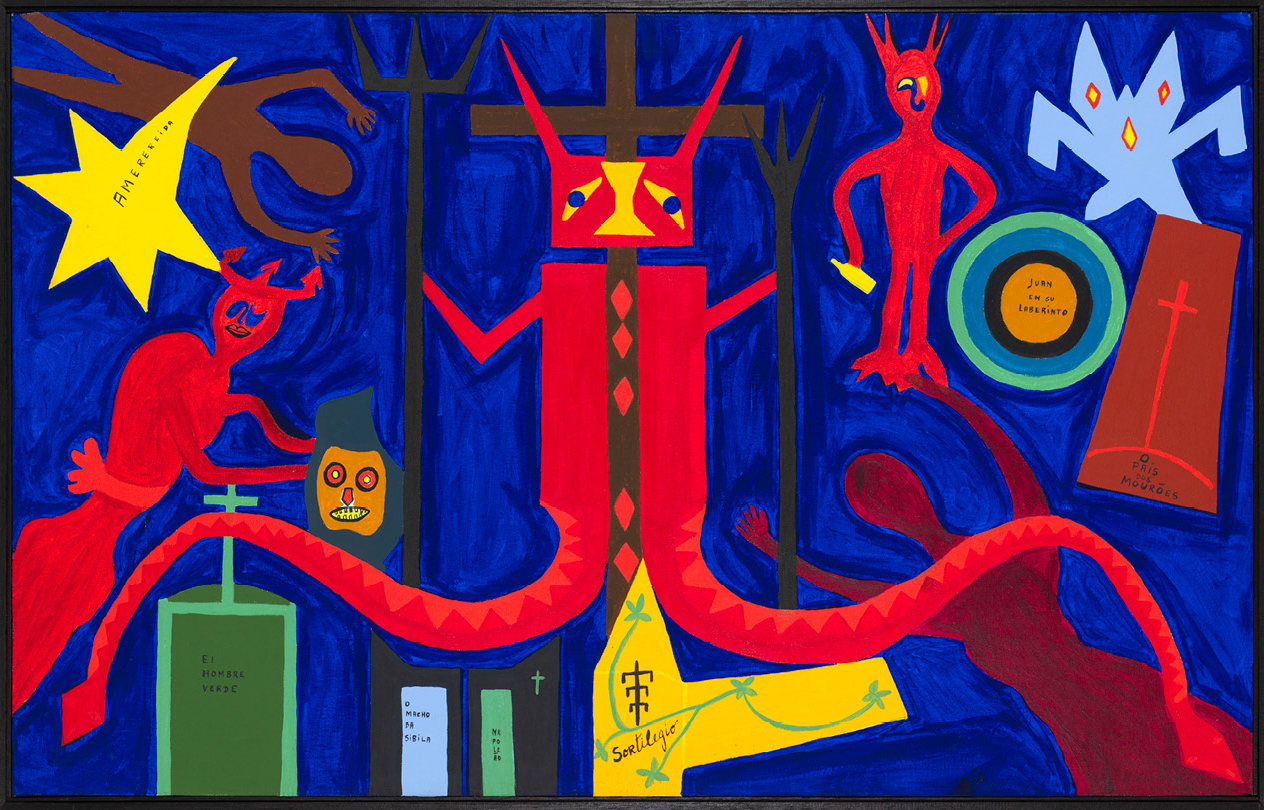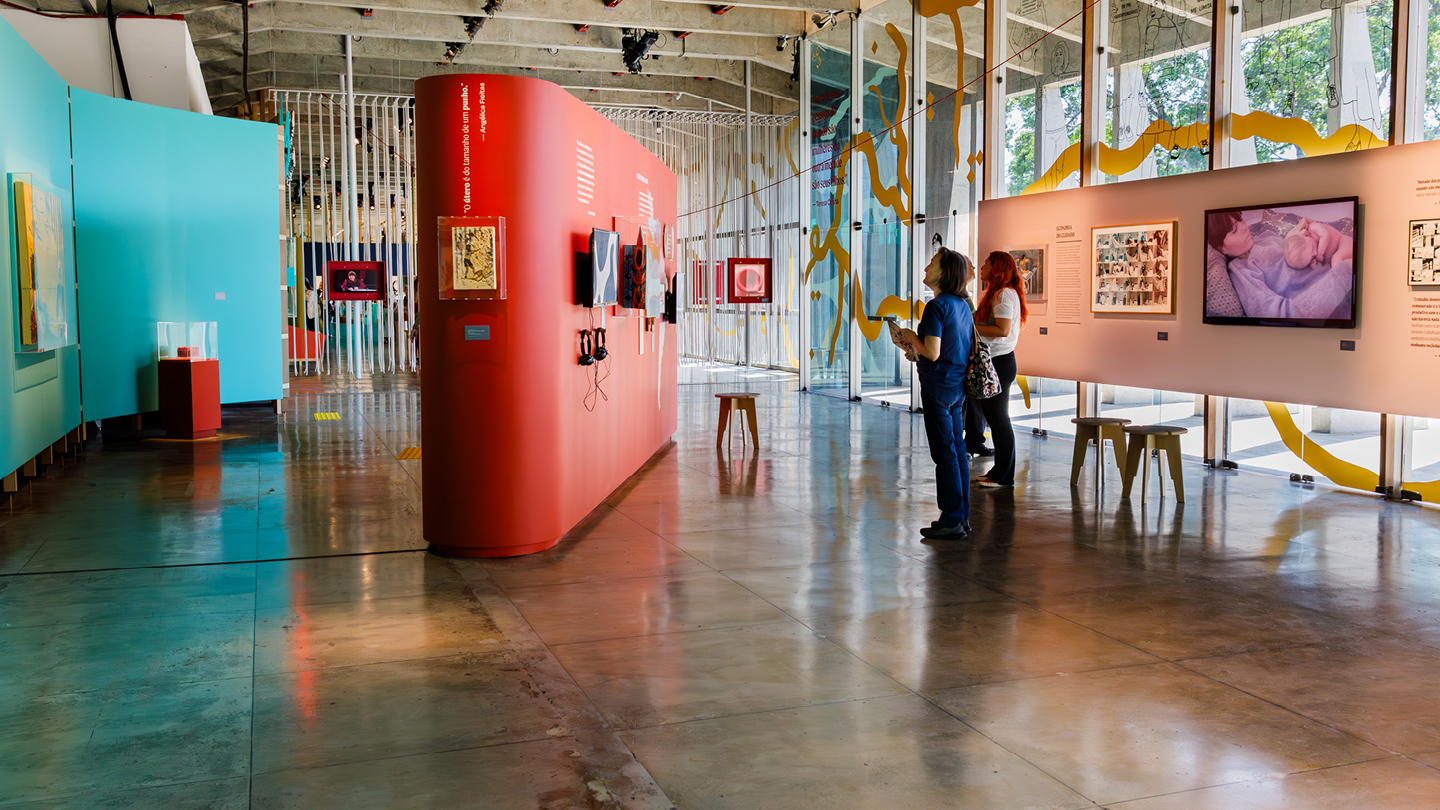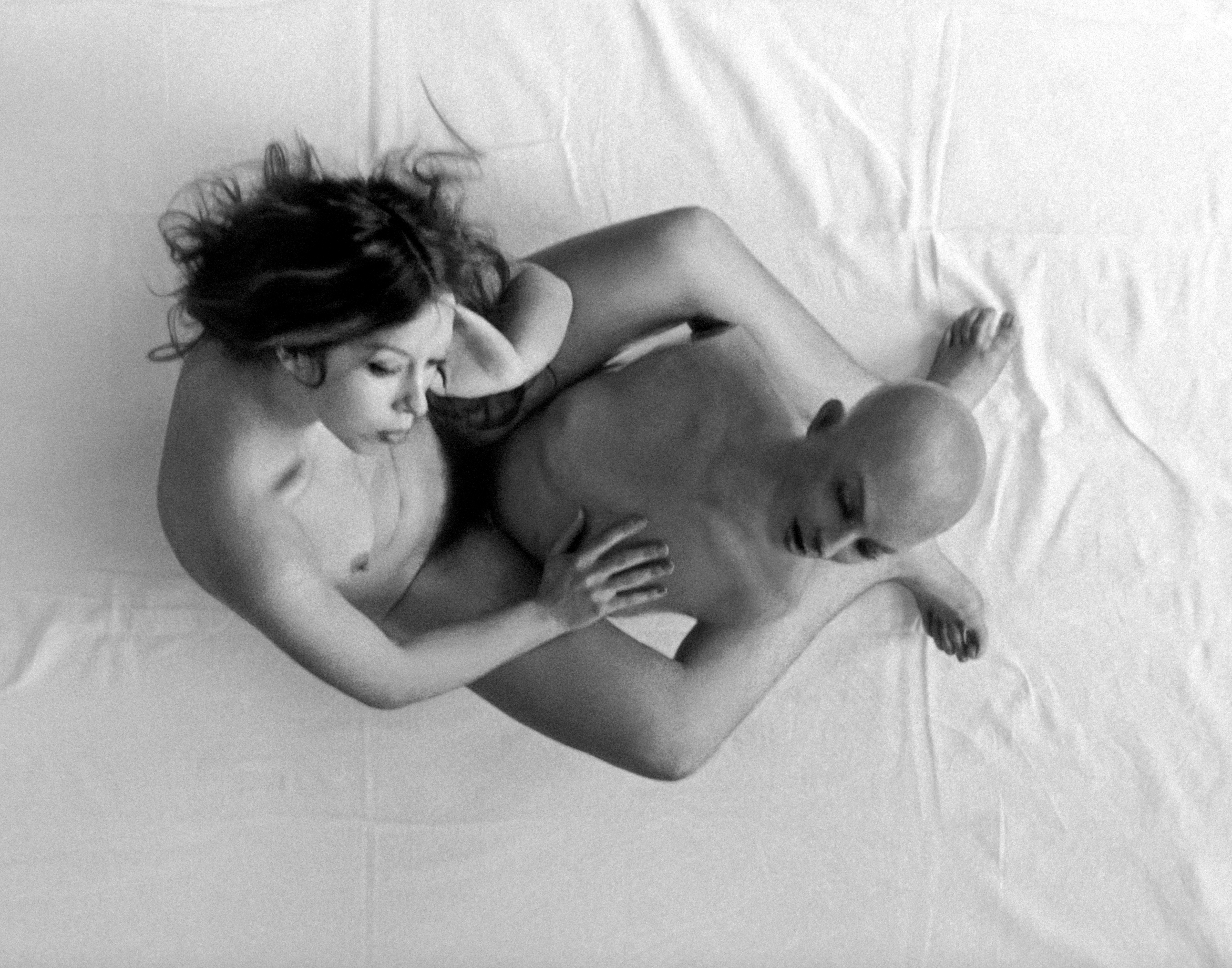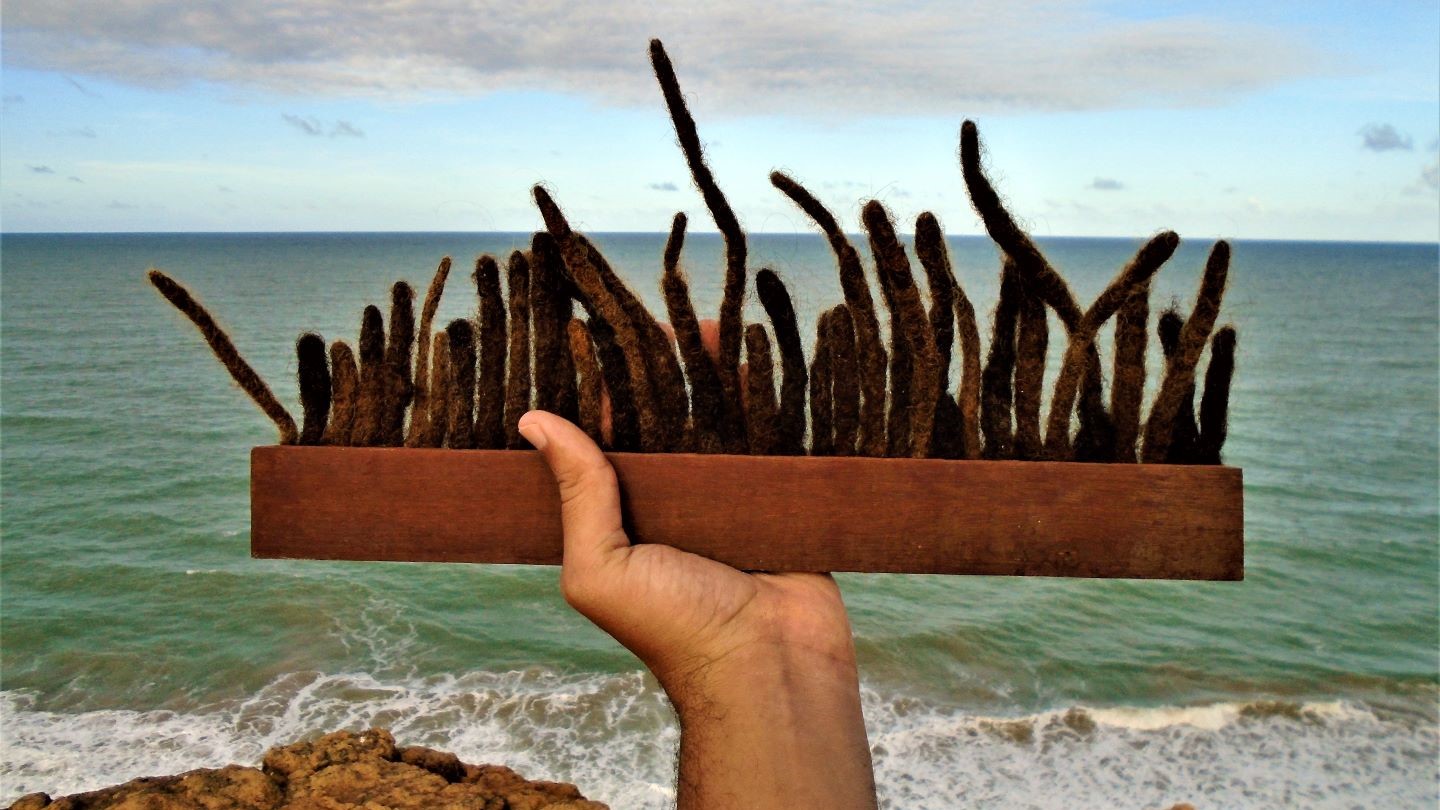August 27, 2022–January 15, 2023
São Paulo 05424-150
Brazil
In 2022, two important Brazilian historical milestones are being celebrated: the bicentennial of Independence (September 7, 1822) and the centennial of the Modern Art Week of 1922 (February 13–17, 1922). To mark these dates, Sesc is conducting various cultural actions that aim to reflect on these turning points and associate them with current urgencies. For the institution, this set of actions aims “to construct perspectives that allow us to think about the country in a diverse and complex way, with its contradictions and potentials, turning them into propositional resources.”
The exhibition Desvairar 22 (Hallucinate ’22) is taking place in this context of historical review, featuring more than 270 items from the fields of visual arts, music, literature and architecture, as well as historical documents and works of modern and contemporary art. Taking the Modern Art Week of 1922 as its starting point, the show widens its scope to recollect some of the events which marked that year, such as the Centennial of Brazil’s Independence, the Centennial International Exposition, the first radio transmission in the country, and the discovery of the tomb of Pharaoh Tutankhamen. Curated as a joint effort by art historian Marta Mestre and writers Veronica Stigger and Eduardo Sterzi, the project springs from a reflection on Brazilian modernism, which the Week of 1922 exalted and approved, and provides keys for understanding Brazil’s contemporary history. This curatorial approach reaffirms the idea of a history in process; the facts are reinterpreted according to the moment at which they are read, where imagination and fiction can be as definitive as the facts themselves.
The exhibition’s title is taken from the celebrated book of poems Paulicéia Desvairada, by Mário de Andrade (1893–1945), released in 1922, the year of the Week. The publication was controversial for being written in free verse in a Brazilian literary context that was then nearly exclusively formal. Excerpted from the book, the phrase “Está fundado o desvairismo” [The hallucinationism is founded] is written at the entrance to the exhibition, welcoming the visitors to the sound of the samba song “Allah-lá-ô” from the 1941 Carnival, setting the tone of creative hallucination that the exhibition seeks to foster.
One of the exhibition’s highlights is the painting Calmaria II, 1929, by Tarsila do Amaral (1886–1973) who, along with Mário de Andrade, is one of the key figures of Brazilian modernism. The work is a geometric landscape inspired by Paul Cézanne (1839–1906) and refers to the trip the artist took to Egypt in 1926. Works by other keystones of modernism, such as Flávio de Carvalho (1899–1973), Vicente do Rego Monteiro (1899–1970), Murilo Mendes (1901–1975) and Graça Aranha (1868–1931) are also presented in the first part of the show, which leads the visitor to the original Egyptian sarcophagus found at the exhibition’s center. Next to it, the visitor can see a set of photographs from the expedition to Egypt undertaken in the 1870s by King Pedro II (1825–1891), the last monarch of Imperial Brazil. The emperor was a “Egyptomaniac” and brought many historical artifacts back from that trip, which were once the largest collection of Egyptian artifacts in Latin America. Belonging to the Museu Nacional in Rio de Janeiro, that collection was lost, in large part, in the fire that razed the institution in 2018. The exhibition therefore features pieces and documents from various Brazilian collections, reaffirming the importance of these collections for transmitting the history of Brazil while simultaneously sounding an alarm about the problems of conservation that created irremediable gaps due to the absence of public policies for the country’s culture and education.
According to the curatorship, “The land of pharaohs and priests, of pyramids and sphinxes, has for some time now been perturbing the linear narrative of so-called Western culture. Modernity, with the invention of tourism and photography, renewed this interest in Egypt, which is no longer only an origin, but also a destination.” The exhibition’s critical viewpoint relates this interest in the Pharaonic past to the creation of Brasília, the preplanned city built from scratch to serve as the federal capital, founded in 1959 as a symbol of Brazilian modernism. Works by contemporary artists and popular Brazilian songs that underscore black roots from Egypt constitute a counterpoint to this idealization of the past.
The exhibition is divided into four sections: “Nostalgia for Egypt”—an allegorical construction concerning the unconscious of time; “The Bones of the World”—the title of a book by Flávio de Carvalho that shows his fascination for ruins and museum collections as a way of penetrating the various levels of history that shape individuals and society; “Means of Transport”—considers how the technological evolution of modernity has shortened distances and opened new paths and impasses; and “Wandering Indians”—which deconstructs the idealization of romantic views of Brazil’s indigenous peoples and cultures, mainly present in literature.
Featuring authors and artists from various historical moments as well as contemporary artists, including some indigenous ones, the exhibition aims to explore some so-far untrodden paths for the reading of Brazilian modernism, posing the hypothesis that the movement at the beginning of the past century is still key for understanding and reflecting on Brazil’s cultural history.
The show is part of the project Diversos 22 (Diverse 22), consisting of a series of actions organized by Sesc São Paulo, which contextualize the commemorations of Brazil’s Independence, based on an updated and critical view.


